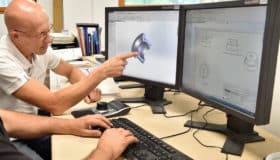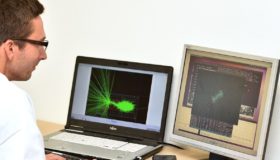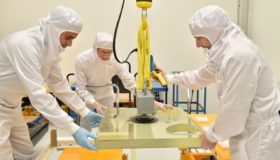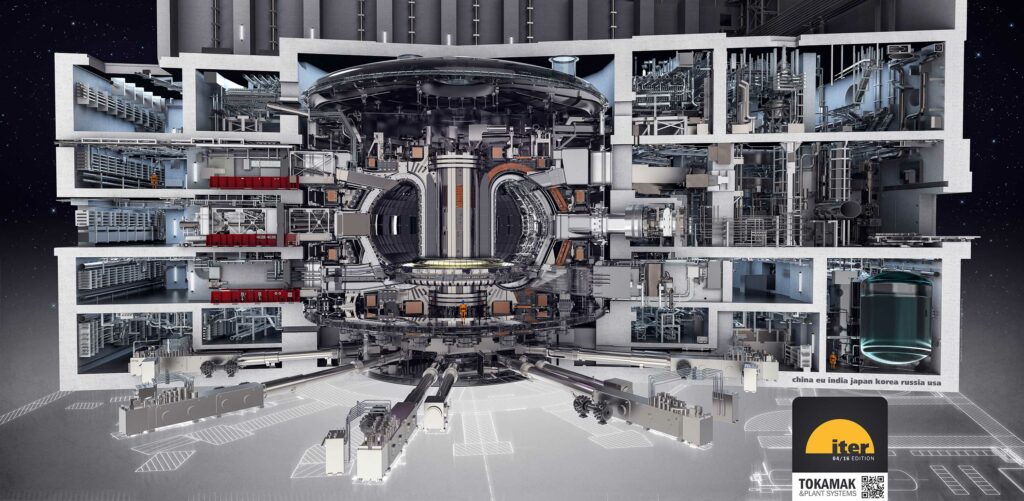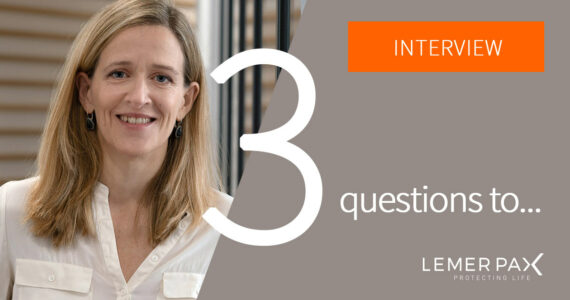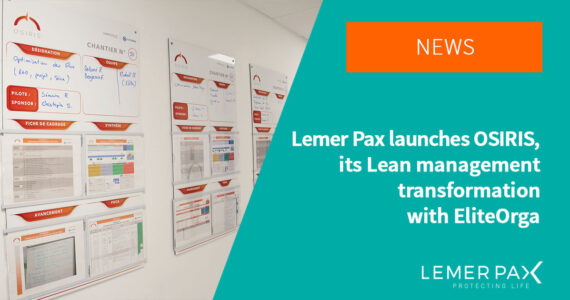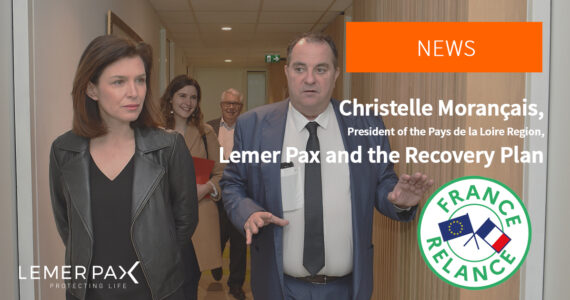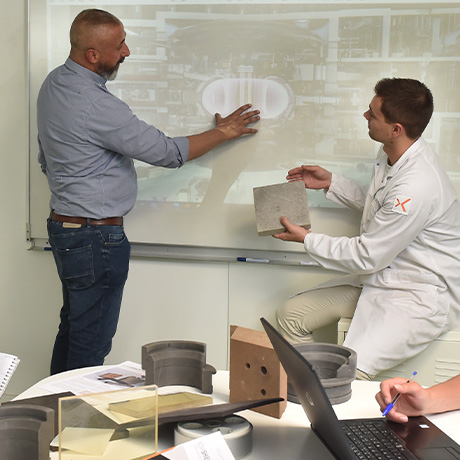
Nuclear fusion, the example of ITER
ITER (International Thermonuclear Experimental Reactor, also meaning “path” in Latin) is a unprecedented scientific programme and challenge, involving 35 nations.
Its aim is to carry out controlled nuclear fusion experiments at unprecedented levels of power and duration, and to understand the dynamics involved.
The ITER tokamak (acronym derived from the Russian term “TOroidalnaya KAmera i MAgnitnaya Katushka”, which translates as “toroidal chamber with magnetic coils”) is the first machine to have the size and equipment required for this demonstration.
Research into fusion has progressed enormously in recent decades, culminating in the international ITER experiment which has different goals:
- demonstrate that fusion can be used to produce energy
- to provide the data needed to design and operate a machine that will prefigure industrial power plants and generate electricity (DEMO power plant project).

In recent years, a lot of start-ups have been created to propose alternative concepts.
The long-term goal is to create prototype reactors that are safe to operate, environmentally friendly and economically viable.
The ITER project will enable scientists to study, for the first time, the physics of a burning plasma, heated by internal fusion reactions and maintained for “long” times (over a hundred seconds).
In a tokamak, three conditions must be met to obtain fusion reactions: a very high temperature (of the order of 150 million degrees Celsius), a density of material sufficient to produce the greatest possible number of collisions, and an energy confinement time long enough.
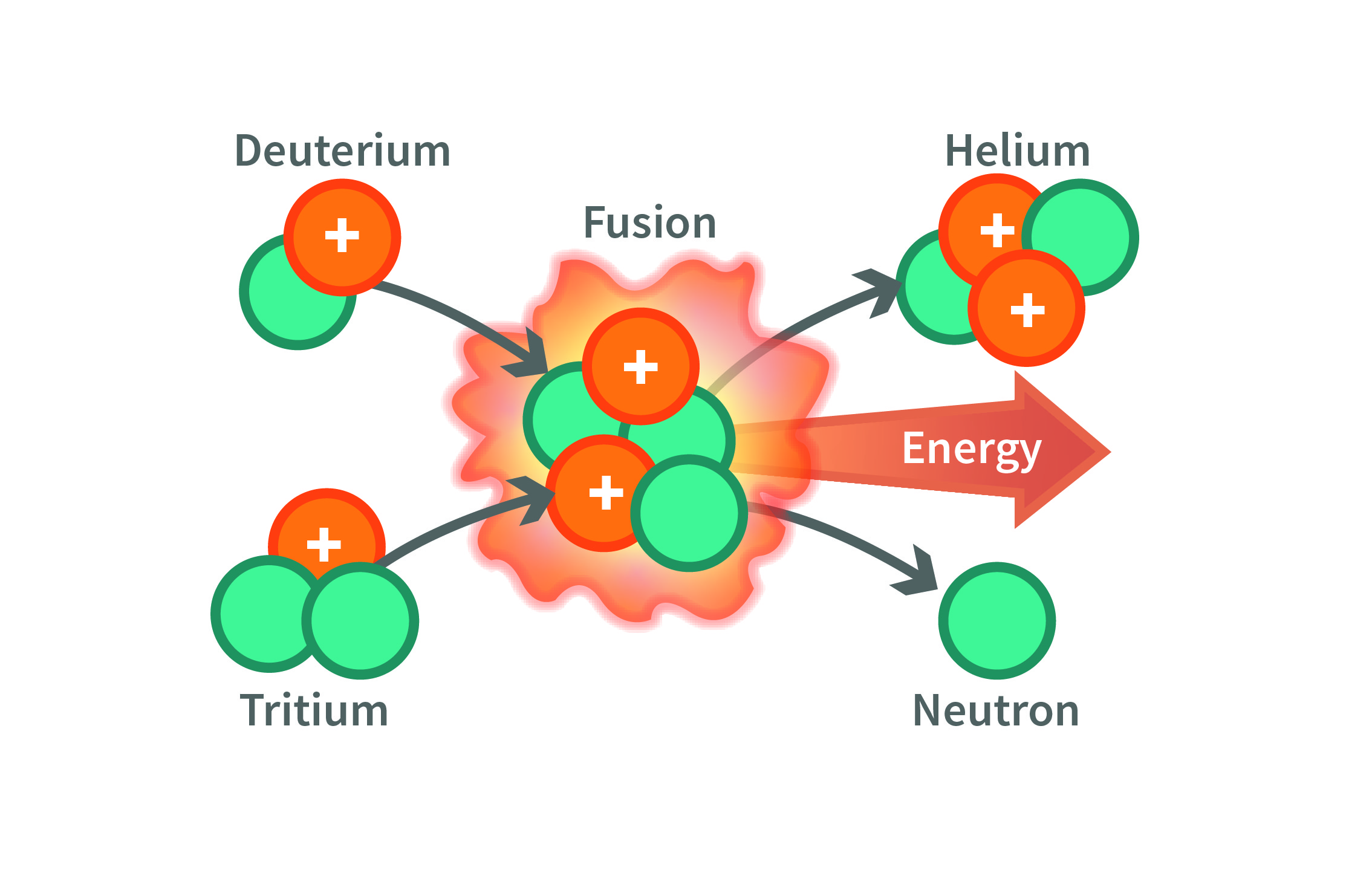
When a gas is heated to very high temperatures, its atoms dissociate: the electrons and nuclei are separated from each other and the gas turns into plasma (the fourth state of matter).
This is the environment where light nuclei can fuse and generate energy. This energy is mainly (80%) carried away by neutrons from the reaction
Hence the need for neutron shielding and gamma protection with dedicated materials
These materials also have to be used in constrained environments (earthquake risk, fire risk, mass, decontamination, etc.), for which a compromise must be found.
ITER, the largest tokamak ever built
Due to its size—840 m3of plasma in the machine’s core (30 m x 30 m), a total mass of 23,000 tonnes—the ITER tokamak will be the most powerful tokamak ever built.
Radiation generated around the tokamak requires the use of shielding to meet radiation protection objectives (radiological zoning, ALARA* principle) and to limit the radiative environment for system qualification purposes.
The tokamak complex, which houses the machine and its auxiliary equipments, rests on paraseismic skids. It is therefore necessary to respect a strict weight limit per m2. To achieve this objective, the engineers have decided to look for the best possible combination. Create neutron-absorbing materials in the mortar family: lightweight and hydrogen-rich.
Improving radiation protection while limiting weight, ITER turns to Lemer Pax
ITER decided to reinforce its radiation protection resources around the Tokamak. ITER’s Nuclear Safety division drew up a list of initial requirements and presented its roadmap to Lemer Pax. The aim was to develop highly hydrogenated materials, mainly to slow down and trap neutrons with boron, and to protect from the gamma radiation emitted.
In other words, the main driving forces behind the request were to improve radiation protection while maintaining good fire resistance and a density close to 1.
This issue was discussed at a meeting between the two teams on 23 April 2021. Based on this and given the timeframe, Lemer Pax found suitable formulations and developed, using the Novashield®HE (High Efficiency) range, materials with enhanced performance in terms of radiation protection.
These new hydrogenated materials, which are neutron-absorbing and fire-resistant, retain their radiation protection performance during fires, and have been developed to meet all the needs of the nuclear sector.
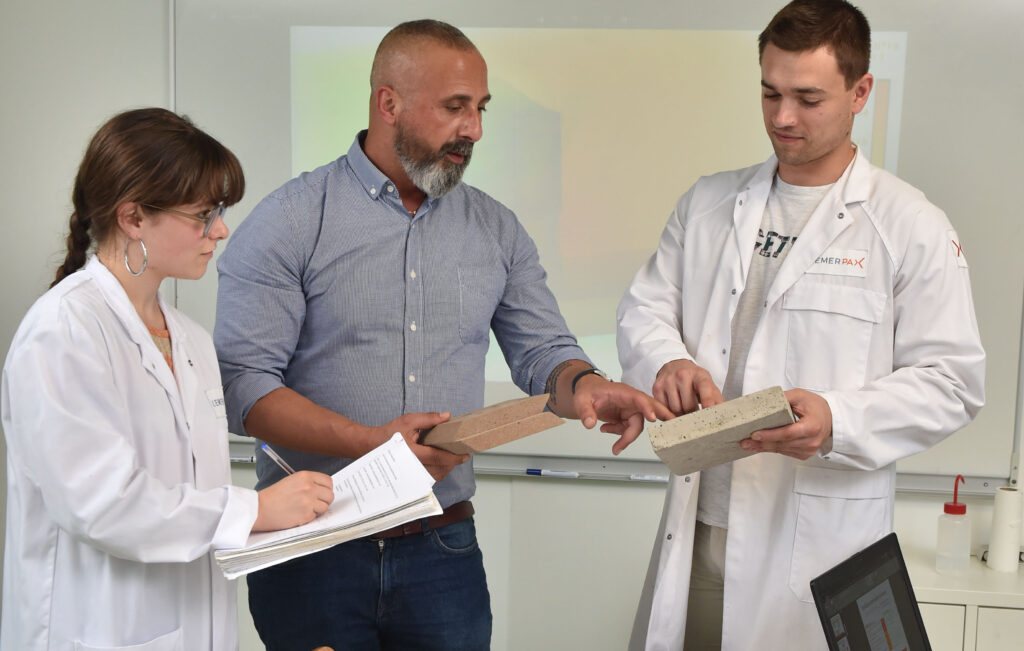
Their use is recommended during the design phase to reinforce the neutron and gamma protection of the ceiling of the ITER tokamak, over a thickness of several tens of cm and several hundred m2. These technical solutions are designed for both fusion and fission.
These recommendations led to the emergence of two new materials, Boron enriched mortar 075 and Polybore HE 105, designed to take into account mainly neutron emissions.
RESULTS:
THE GOLDEN MATERIAL!
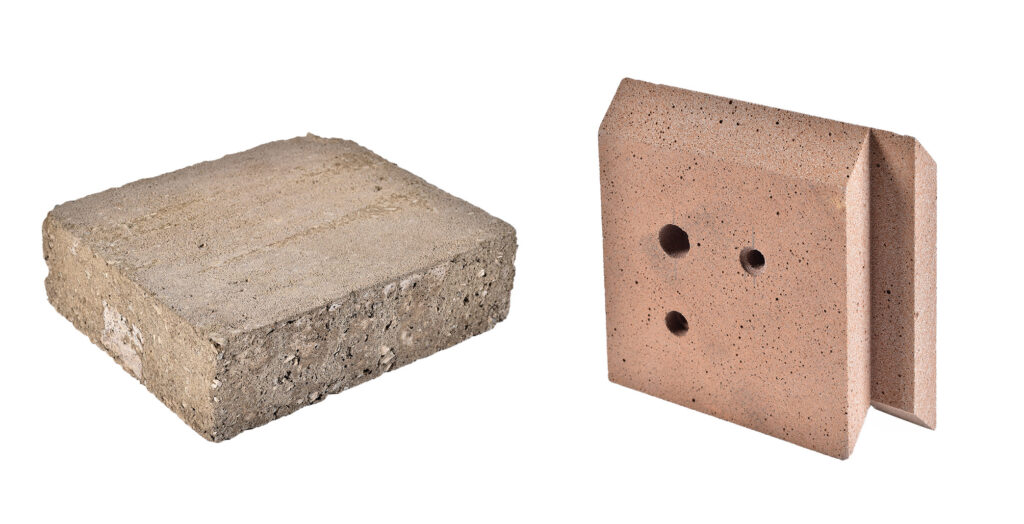
- Hydrogenated and neutron-absorbing materials
- Compliance with fire safety standards
- Low density
- Thermal stability at 300°C
Benefiting from this upstream research, Lemer Pax has helped to propose solutions to meet ITER’s needs in the design phase. Lemer Pax is ready to support the ITER program in the development and installation of these solutions to help meet ITER’s challenges.
Join us at the WNE (World Nuclear Exhibition), booth D022, from November 28 to 30, 2023 at the Parc des Expositions de Paris Nord Villepinte (France), the international reference meeting place for players in the civil nuclear industry, to present all our innovative solutions at the service of the Nuclear Industry and Research.
